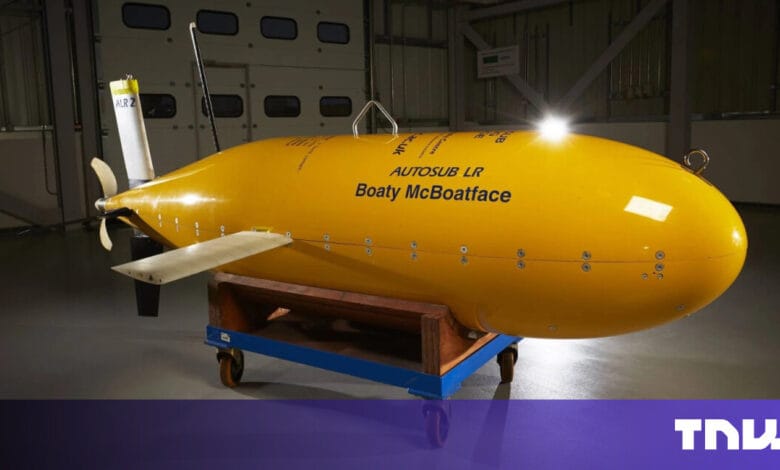NATO-Backed Quantum Tech Powers Boaty McBoatface Submarine

▼ Summary
– Aquark Technologies successfully tested its cold atom quantum sensor underwater aboard the Boaty McBoatface submarine, marking a milestone in satellite-independent navigation systems.
– The sensor performed flawlessly under extreme deep-water conditions, maintaining precision comparable to land-based tests.
– The technology uses cooled rubidium atoms to achieve high sensitivity to gravitational and magnetic forces, enabling accurate measurements of acceleration, rotation, and gravity.
– Aquark’s system is compact and energy-efficient, potentially revolutionizing underwater navigation and seabed mapping without bulky equipment.
– The trial’s success suggests future applications in marine exploration, defense, and scientific research, with potential for mineral exploration and detecting underwater anomalies.
A groundbreaking quantum sensing technology has been successfully tested underwater for the first time aboard the famous Boaty McBoatface submarine. The NATO-supported experiment marks a significant milestone in developing satellite-independent navigation systems capable of operating in challenging marine environments.
Aquark Technologies, a UK-based startup, integrated its cold atom quantum sensor into the autonomous submarine during trials at the National Oceanography Centre in Southampton. The system, which requires near-perfect isolation from external interference, performed flawlessly despite the extreme pressures and temperatures of deep-water conditions.
Andrei Dragomir, Aquark’s CEO, described the test as a major breakthrough, confirming the device maintained the same precision underwater as it does on land. The technology could soon be deployed in real-world applications, particularly for submarines, drones, and aircraft that require highly accurate positioning without relying on vulnerable satellite signals like GPS.
Aquark’s innovation works by cooling rubidium atoms to temperatures just above absolute zero, creating a quantum state where the atoms become extraordinarily sensitive to gravitational and magnetic forces. This allows the system to measure minute changes in acceleration, rotation, and gravity with unprecedented accuracy—far surpassing traditional instruments.
Dr. Alex Phillips from the National Oceanography Centre highlighted the potential impact, noting that the technology could revolutionize underwater navigation and seabed mapping. Unlike conventional methods, Aquark’s approach eliminates the need for bulky magnetic traps, making the system more compact, energy-efficient, and adaptable for harsh environments.
Previously tested on Royal Navy ships and small drones, the quantum sensor has now proven its resilience in deep-water conditions aboard Boaty McBoatface. Dragomir envisions future applications ranging from mineral exploration beneath the ocean floor to detecting hidden underwater anomalies—possibly even uncovering long-lost shipwrecks.
The success of this trial paves the way for next-generation navigation systems that could redefine marine exploration, defense operations, and scientific research. With further development, Aquark’s quantum sensors may soon become a standard tool for missions where precision and reliability are non-negotiable.
(Source: The Next Web)